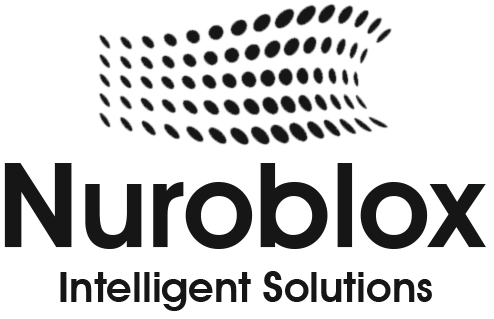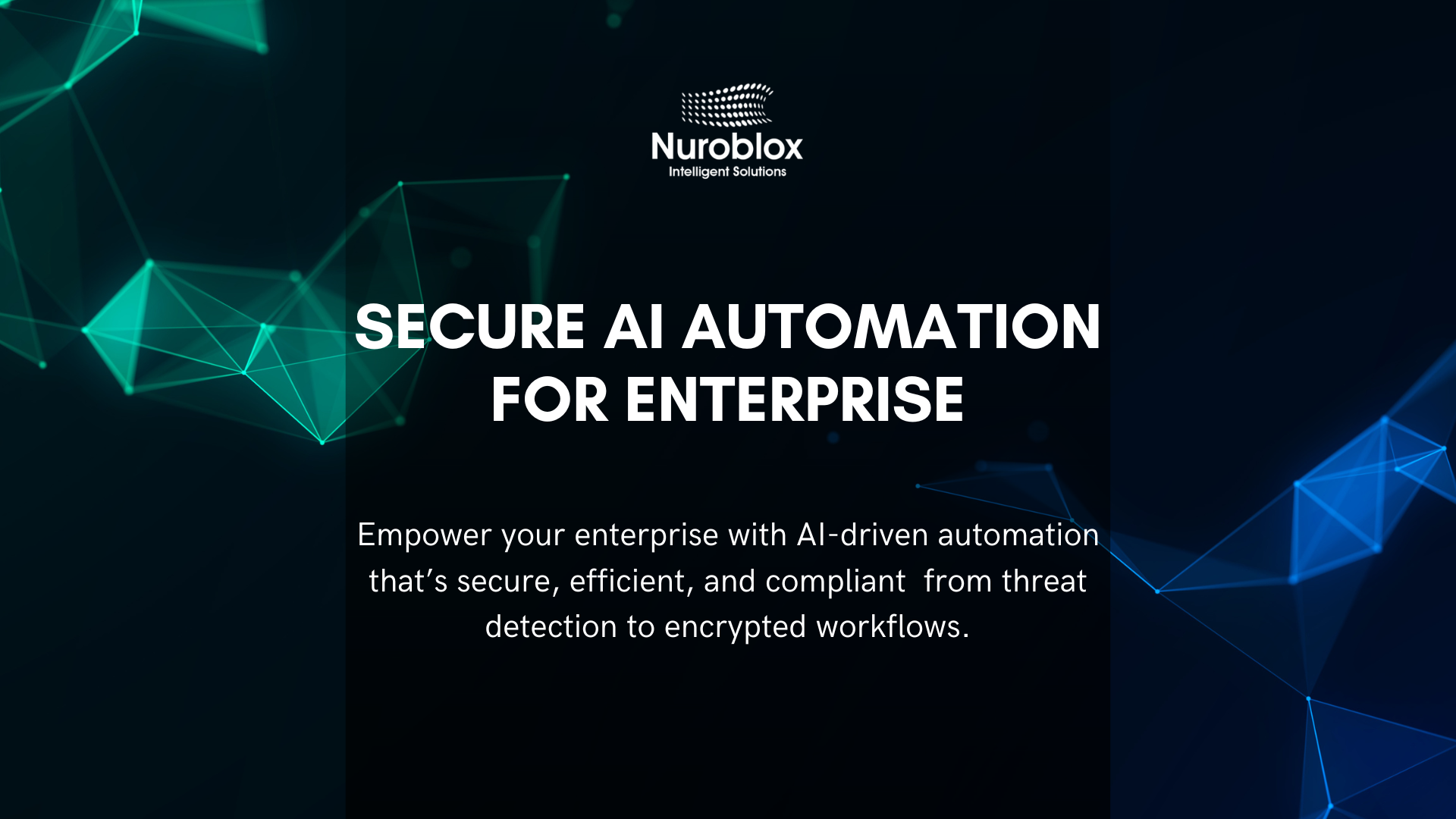Secure AI Automation for Enterprise
What if your enterprise could automate complex tasks while keeping every decision fully protected from cyber threats? Secure AI Automation combines advanced machine learning with rigorous security protocols to transform operations without sacrificing safety. From dynamic threat detection to encrypted data handling, organizations can use this approach to accelerate workflows, reduce human error, and maintain compliance with industry regulations. In this article, you will discover the essentials of Secure AI Automation, explore practical applications, and learn best practices for implementing robust, intelligent automation that remains resilient in today’s evolving threat landscape.
Understanding the Foundations of Secure AI Automation
Organizations that adopt automation often face a dual challenge: achieving maximum efficiency while protecting sensitive data. Secure AI Automation resolves this challenge by integrating security at every stage of the automation lifecycle.
Core Components
- AI Model Governance
- Data Encryption and Access Controls
- Real-time Monitoring and Anomaly Detection
How It Works
Data Ingestion
- Encrypt data both at rest and during transit
- Validate inputs through strict schema checks
Model Training and Validation
- Use adversarial testing to harden AI models
- Incorporate explainable AI frameworks to improve transparency
Deployment and Integration
- Deploy models in secure containers using verified images
- Enforce least-privilege access through identity and access management policies
Incorporating these steps into your CI/CD pipeline ensures that each automation project meets rigorous security standards.

Stakeholders often have different priorities when they explore the concept of Secure AI Automation. The following sections cover three of the most common intents.
Intent 1 – How to Implement Secure AI Automation
- Form cross-functional teams that include IT, security, and data science experts
- Apply a zero-trust security model to all API communications
- Automate patch management and vulnerability scanning for continuous protection
Intent 2 – Benefits of Secure AI Automation
- Efficiency Gains: Automation eliminates repetitive tasks and reduces manual errors
- Risk Mitigation: Real-time threat intelligence shortens the window of exposure
- Regulatory Compliance: Automated audit trails simplify reporting obligations
Intent 3 – Technologies That Support Secure AI Automation
- Homomorphic encryption enables secure computation without exposing data
- Secure enclaves, such as Intel SGX, isolate sensitive operations from the rest of the system
- Federated learning allows AI model training without sharing raw data
Best Practices for a Bulletproof Secure AI Automation Strategy
To build a robust Secure AI Automation framework, organizations need a disciplined, structured strategy.
Governance and Policy
- Define clear AI usage policies aligned with recognized frameworks such as NIST
- Maintain an AI model registry with version control and detailed change history
- Conduct regular security assessments and simulated attack exercises
Technical Controls
Data Protection:
- Tokenize personally identifiable information (PII)
- Implement attribute-based encryption
Access Management
- Enforce multifactor authentication (MFA)
- Apply role-based access controls (RBAC)
Monitoring and Response
- Integrate Security Information and Event Management (SIEM) solutions
- Automate incident response workflows
Team and Culture
- Ensure continuous training on AI security best practices
- Foster a DevSecOps mindset to identify risks early in the process
- Recognize and reward initiatives that strengthen security
Conclusion
Secure AI Automation is rapidly becoming essential for organizations that want to expand their capabilities without exposing themselves to security risks. By embedding encryption, governance structures, and real-time monitoring into each stage of the automation lifecycle, companies can achieve higher efficiency and stronger resilience against cyber threats. If you are ready to strengthen your automation strategy, start by assessing current processes, adopting zero-trust principles, and running a pilot project that incorporates advanced security measures.


